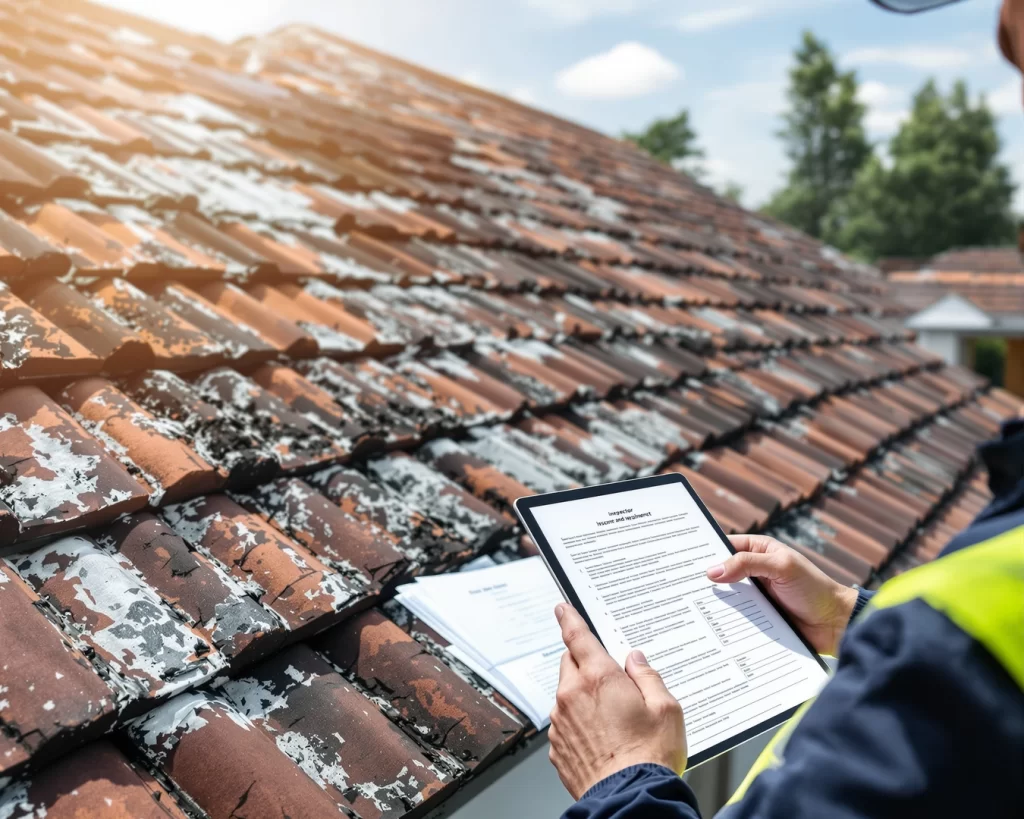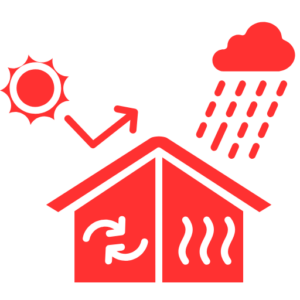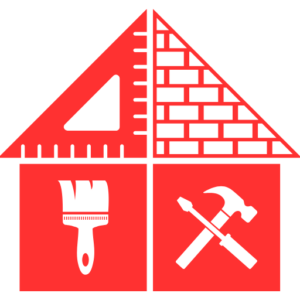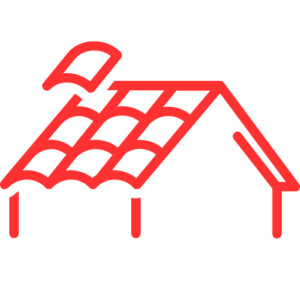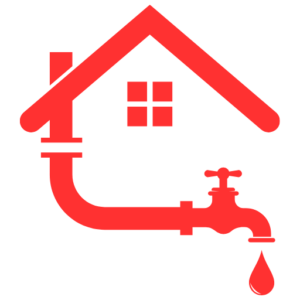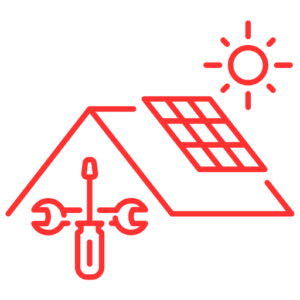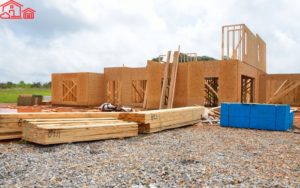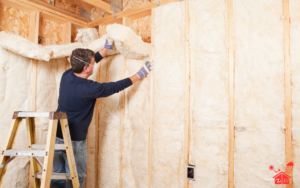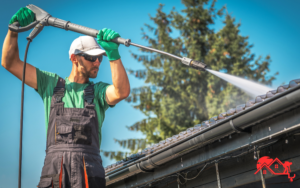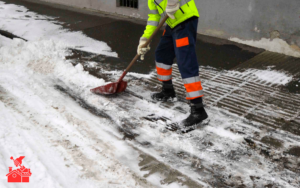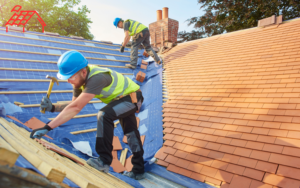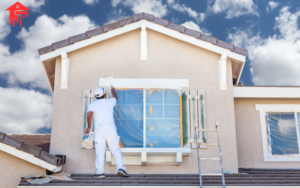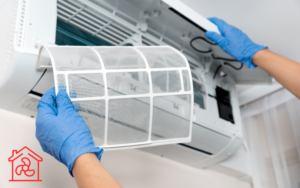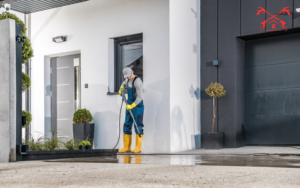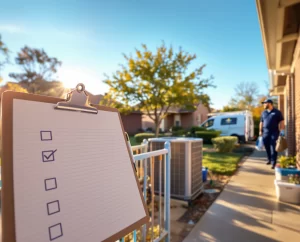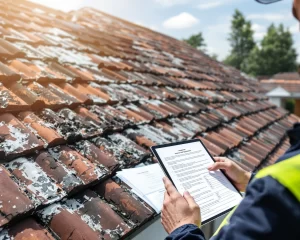7 Essential Tips Before Filing a Roof Insurance Claim (Headache-Free)
Before filing a roof insurance claim, document everything, stop immediate damage, review your policy, and request a professional inspection. Request detailed estimates, respect the insurer’s deadlines, and accompany the adjuster. Negotiate with facts and avoid signing hasty contracts. This way, you maximize coverage and reduce costly surprises.
What you’ll learn in this blog
- How to document damage so the claim moves smoothly.
- Which parts of your policy matter (and where the pitfalls often lie).
- Whether to call your insurance company or your roofer first.
- How to obtain and use estimates that the insurer will honor.
- Practical strategies for negotiating with the adjuster and avoiding delays.
The 7 Tips at a Glance
1) Mitigate the damage and keep receipts for temporary repairs.
2) Review your policy: deductible, exclusions, and notification deadlines.
3) Document with photos, video, notes, and weather reports.
4) Request an independent professional inspection before the appraisal.
5) Obtain a detailed estimate, including itemizations and building codes.
6) Accompany the appraiser and request a re-inspection if anything is missing.
7) Avoid rushed contracts and assignments of benefits without review.
First things first: Stop the damage and document like a reporter.
When water gets in, time is running out. Cover exposed areas with tarps, dry leaks, and keep invoices for temporary repairs; they are usually reimbursable. Take before and after photos, from various angles and in good light. One client told me, “I thought there were too many photos… until the appraiser asked me for that very corner of the eaves.”
Your policy under the microscope: what it covers, what it doesn’t, and how much you’re entitled to.
Not all policies are the same:
- Deductible: confirm the amount; change the final payment calculation.
- ACV vs. RCV Coverage: Actual Cash Value (depreciates) vs. Replacement Cost (pays for full replacement less the deductible, releasing recoverable depreciation when the job is completed).
- Exclusions and Limits: Wear and tear, poor installation, lack of maintenance, and previous damage are often excluded. Check if it covers hail, wind, and “ordinances or laws” (building codes).
- Deadlines: Many insurers require notification within 30 to 60 days after the storm. Being late complicates things.
Should I call the insurance company or the roofer first?
The answer that saves you back and forth.
A common and tricky question. The ideal:
1) Call a licensed and insured roofer for a detailed inspection and temporary repairs.
2) With that report and photos in hand, notify your insurer within the deadline.
3) Don’t authorize a full replacement until the expert assesses; mitigation is authorized to prevent further damage.
A real-life example: after moderate hail, the professional inspection detected cracked shingles that were invisible from the ground. That report changed an initial rejection due to “wear and tear” to approval due to a “covered event.”
Estimates That Matter: Clear Line Items, Codes, and Add-ons
A good estimate speaks the insurer’s language:
- Line items (material, labor, removal, ventilation, flashing, protection).
- Mention local codes (e.g., adequate ventilation, required nails and layers); if your policy covers “ordinance or law,” those extra costs should be included.
- Use supporting metrics and photos. If hidden damage appears during the work (rotten wood, missing flashing), request an “add-on” with evidence. This is normal and is approved when well documented.
An expert on hand: be present, ask questions, and negotiate with data, not nerves.
Being present (or your roofer) changes the conversation. Some practical steps:
- Before the appointment: Prepare a folder with photos, video, date and time of the storm, invoice for temporary repairs, and the detailed estimate.
- During: Point out critical areas, discoloration, asphalt grains in gutters, lifted shingles, and broken seals around chimneys and domes.
- After: If the report omits obvious damage, request a re-inspection. It’s not confrontational; it’s accurate.
- Communication: Confirm agreements, payment terms, and requirements for releasing recoverable depreciation in writing.
Step-by-Step Process (so you don’t lose track)
1) Mitigate and document the damage on the same day.
2) Request a professional inspection and detailed estimate.
3) Notify your insurer within the policy term.
4) Accompany the adjuster with your evidence and the estimate.
5) Review the report; if anything is missing, request a re-inspection or supplement.
6) Perform the work with a licensed contractor; Keep “before, during, and after” photos.
7) Send final invoices to release depreciation and close the claim.
Early alerts that avoid headaches
- Be wary of door-to-door salespeople who ask for your signature on the spot or offer a “free roof.”
- Avoid assignments of benefits (AOB) without consulting them; they can give away your control over the claim.
- Verify your license, liability insurance, and
Recent references.
- Save everything: emails, messages, invoices, call logs.
Conclusion
Filing a roof insurance claim doesn’t have to be a maze. With solid evidence, a policy reading, and a professional estimate, your case becomes clear and defensible. If you want to get it right from the start, Any Service Near Me can walk you through every step, with no surprises. Ready to get started? Request a quote today and protect your home with confidence.
FAQ
How do I know if I need to repair my roof or replace it completely?
If you see loose or missing shingles, leaks, stains on the roofline, or sagging, a professional inspection will determine whether repair or replacement is necessary. Any Service Near Me conducts detailed assessments to recommend the safest and most cost-effective option.
What does roof repair cost, and what factors affect it?
The price depends on the material, the extent of the damage, accessibility, the roof’s slope, and whether components such as wood, insulation, or gutters need to be replaced. Any Service Near Me provides written, itemized estimates after a free home inspection.
What should I do if I have a leak right now?
Contain the water with buckets, protect belongings, temporarily cover with a tarp if safe, and avoid climbing on the roof during rain or wind. Any Service Near Me offers 24/7 emergency support to locate the source and stop the leak quickly.
How long does a typical repair take, and will I be able to stay home?
Minor repairs are typically completed in a few hours, and medium-sized jobs within 1 to 2 days, with minimal disruption. Any Service Near Me plans the project and keeps the work area clean so you can stay home safely.
Do you offer warranties on repairs?
Yes, there is typically a labor warranty and a manufacturer’s warranty depending on the material installed. Any Service Near Me documents the warranty coverage and terms in writing upon completion of the work.
Can you help with homeowners insurance claims?
Yes, from photographic documentation to estimates and coordination with the adjuster, we make the process easy. Any Service Near Me provides assistance to make your claim smooth and transparent.


